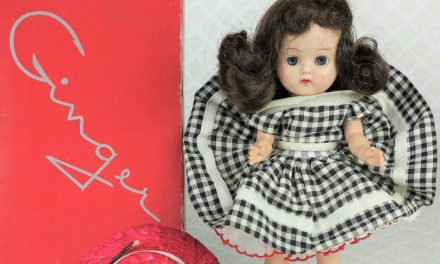By Jan Foulke
Photo courtesy of Foulke Archives
Q: I recently found this little doll, just 3 inches tall. The seller told me it came from an estate. Can you tell me anything about it? Is it an antique? It has no marks on it.
The rest of this article can be seen only by paid members who are logged in.Have a website login already? Log in and start reading now.
Never created a website login before? Find your Customer Number (it’s on your mailing label) and register here.
JOIN HERE
Still have questions? Contact us here.






